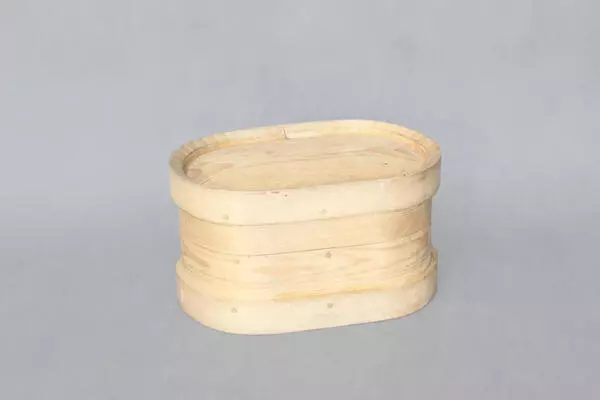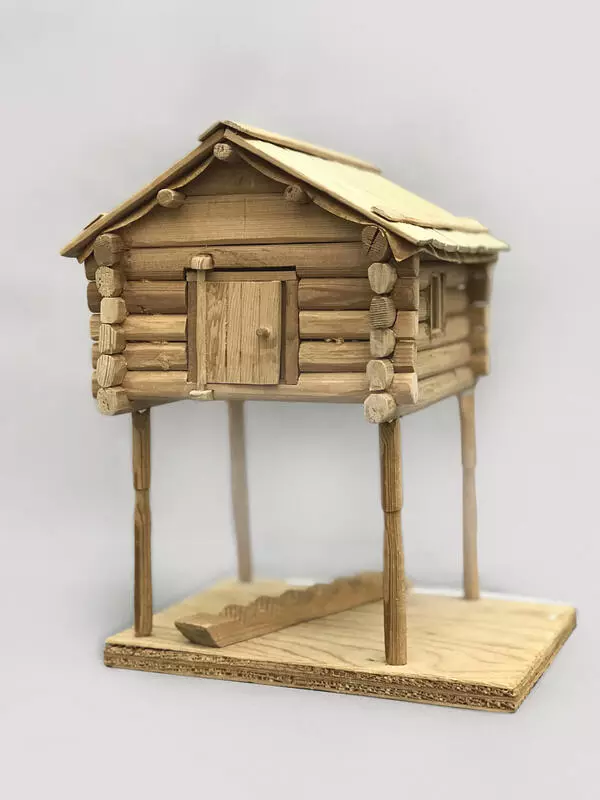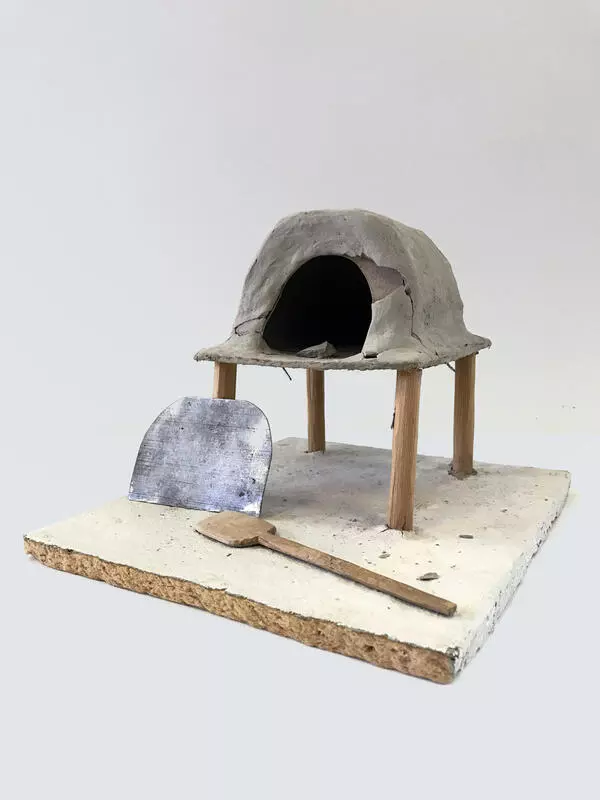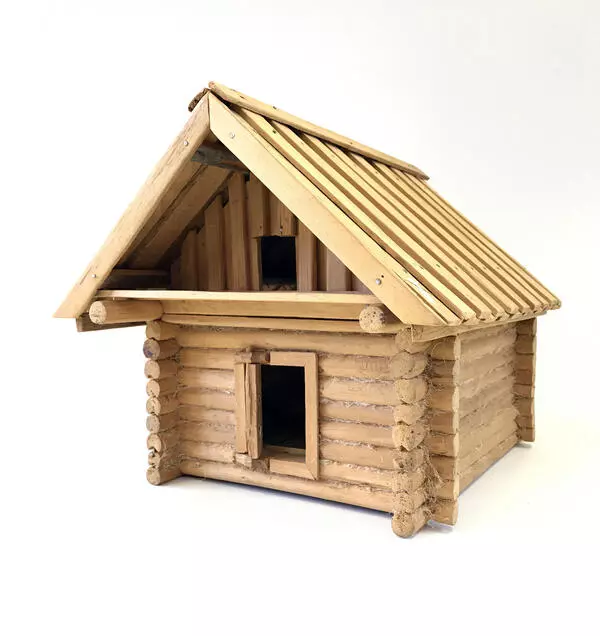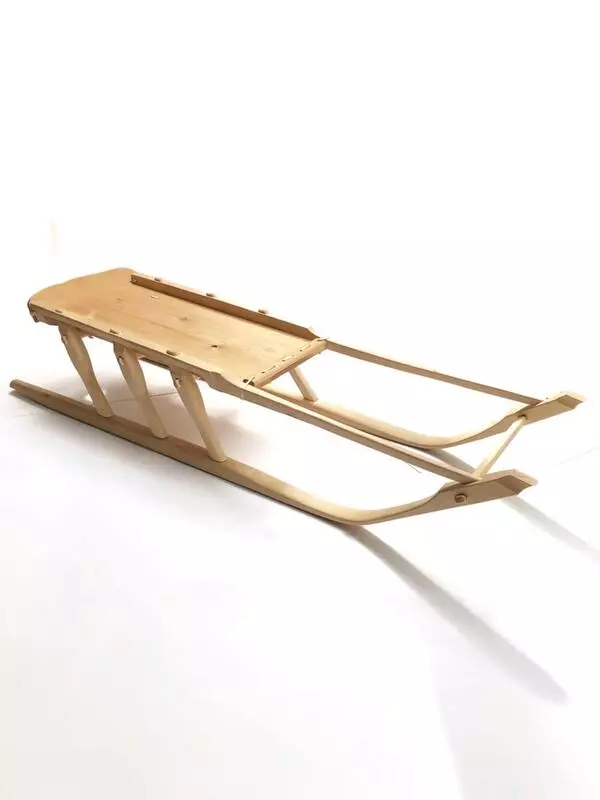Reindeer breeding is an essential traditional occupation of the northern indigenous small-numbered peoples. These animals are not only an indispensable means of transport in off-road conditions but also the primary source of income. Deer antlers are highly valued on the market. They are used in medicine, cosmetology, and jewelry manufacturing.
The main tool of the reindeer herder is the noose, which is called ‘tynzyan’ in the language of the Khanty people. It is used to catch animals from the herd. During the day, the deer graze near the Khanty camp, while at night they are allowed to go into the forest.
Reindeer herders use a specific pen, which is called a ‘corral’, to separate an animal from the herd. Five or seven sleds, connected by a strong net from the outside, are put in a semicircle. The adult deer that are accustomed to the sled harness are driven into the corral. Those animals that do not get into the corral are caught with the help of a noose. It consists of a rope about twenty meters long and a bone block with two holes. In one of them, the end of the noose is fixed, while in the other, a loop passes freely. This block, usually made of deer or elk horns, enables a quick use of the loop.
The production of tynzyan is a traditionally male craft. To make a tynzyan, one uses the deer skin without any gadfly larvae. The manufacturing of one noose takes one skin. Upon completion, the noose is about five to eight millimeters thick.
Catching a deer requires endurance and skill, so the ability to handle a noose has always been highly appreciated by the indigenous peoples of the North. Even today, tynzyan throwing competitions are a must at the festivals of reindeer herders. The participants must throw a noose on a wooden pole from a distance of 15 meters. This pole is used for riding a deer sleigh and called a ‘horey’.
The skill of using a noose is taught from childhood. From an early age, boys imitate their father or elder brother and through the game, they learn how to make a tynzyan and calculate the throwing accuracy and distance.
The main tool of the reindeer herder is the noose, which is called ‘tynzyan’ in the language of the Khanty people. It is used to catch animals from the herd. During the day, the deer graze near the Khanty camp, while at night they are allowed to go into the forest.
Reindeer herders use a specific pen, which is called a ‘corral’, to separate an animal from the herd. Five or seven sleds, connected by a strong net from the outside, are put in a semicircle. The adult deer that are accustomed to the sled harness are driven into the corral. Those animals that do not get into the corral are caught with the help of a noose. It consists of a rope about twenty meters long and a bone block with two holes. In one of them, the end of the noose is fixed, while in the other, a loop passes freely. This block, usually made of deer or elk horns, enables a quick use of the loop.
The production of tynzyan is a traditionally male craft. To make a tynzyan, one uses the deer skin without any gadfly larvae. The manufacturing of one noose takes one skin. Upon completion, the noose is about five to eight millimeters thick.
Catching a deer requires endurance and skill, so the ability to handle a noose has always been highly appreciated by the indigenous peoples of the North. Even today, tynzyan throwing competitions are a must at the festivals of reindeer herders. The participants must throw a noose on a wooden pole from a distance of 15 meters. This pole is used for riding a deer sleigh and called a ‘horey’.
The skill of using a noose is taught from childhood. From an early age, boys imitate their father or elder brother and through the game, they learn how to make a tynzyan and calculate the throwing accuracy and distance.


